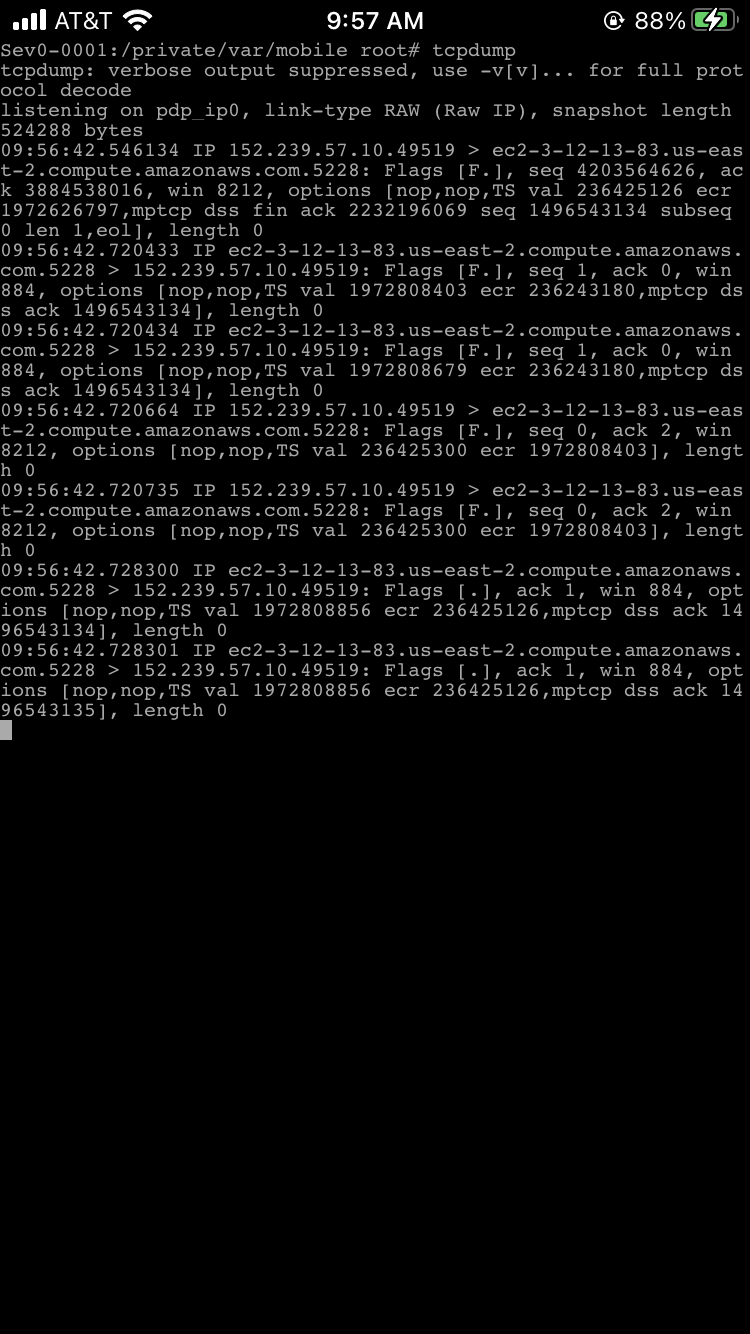Ransomware has emerged as one of the most damaging and prevalent cyber threats to businesses and individuals alike. It involves malicious software that encrypts data, rendering it inaccessible until a ransom is paid to the attacker. Understanding who is at risk, what makes them a target, and the typical threat vectors can help businesses better prepare for and defend against these attacks.
Who is a Target for Ransomware?
Ransomware attacks can affect a wide range of targets, but some industries and sectors are more frequently attacked due to the nature of their data and operations. The following are common targets:
- Healthcare: Hospitals and healthcare providers are prime targets because they handle sensitive patient data and can face life-threatening situations if their systems are compromised. Attackers know healthcare organizations are likely to pay quickly to regain access to vital systems.
- Financial Institutions: Banks, credit unions, and other financial services firms hold highly valuable data and operate under strict compliance regulations, making them key targets for ransomware attacks.
- Government and Municipalities: Public sector organizations and local governments are frequently targeted because of their outdated systems and the critical nature of their services, which can make them more likely to pay ransoms.
- Small and Medium-Sized Businesses (SMBs): SMBs often lack the resources and security infrastructure of larger enterprises, making them easier targets for cybercriminals looking to exploit weak defenses.
Risk Factors for Ransomware
Several factors make organizations more vulnerable to ransomware attacks:
- Outdated Software and Systems: Systems that are not regularly updated with security patches are more likely to contain exploitable vulnerabilities, which attackers can use to infiltrate networks.
- Lack of Backup Systems: Organizations without comprehensive backup solutions are more likely to pay a ransom to recover data. Without reliable backups, the risk of prolonged operational downtime increases dramatically.
- Weak Cybersecurity Policies: Poorly implemented security practices, such as weak password policies or insufficient access controls, make it easier for attackers to infiltrate networks.
Threat Vectors for Ransomware
Ransomware typically infiltrates organizations through various threat vectors. The most common include:
- Phishing Emails: Attackers often send emails that trick employees into clicking malicious links or downloading infected attachments. Once opened, ransomware can quickly spread across the network.
- Exploiting Vulnerabilities: Cybercriminals often target unpatched software vulnerabilities in operating systems or third-party applications, enabling them to deploy ransomware without direct user interaction.
- Remote Desktop Protocol (RDP): Many ransomware attackers exploit unsecured RDP services to gain access to a company’s systems remotely. Without strong authentication and encryption, this becomes a primary point of entry for attacks.
By understanding who ransomware targets, identifying key risk factors, and knowing the threat vectors, businesses can implement stronger defenses to prevent and mitigate ransomware attacks. Proactive measures, including regular software updates, secure backups, and employee training, are critical in staying ahead of this ever-growing cyber threat.

Prevent, Detect, Secure, Safeguard
Protect your business from devastating ransomware attacks with a comprehensive ransomware assessment that identifies vulnerabilities and strengthens defenses.







